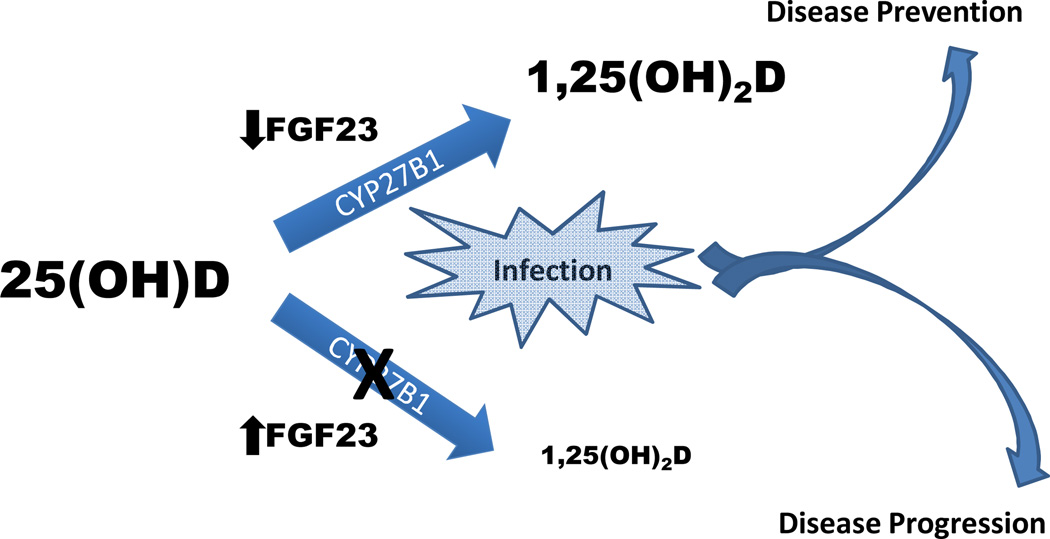Figure 2. Paradigm for how fibroblast growth factor 23 (FGF23) may impact vitamin D-related health outcomes.
25-hydroxyvitamin D (25(OH)D) requires activation by CYP27B1 to 1,25-dihydroxyvitamin D (1,25(OH)2D) for vitamin D to exert is full physiological effects. In settings in which this activation may need to be up-regulated (for example infection), excess circulating concentrations of FGF23 may modulate this system by inhibiting central (renal) and peripheral (extra-renal) synthesis of 1,25(OH)2D, reducing the efficacy of vitamin D in both systemic and autocrine/paracrine actions, and thereby helping to promote disease progression. When FGF23 concentrations are normal to low, this may service as a permissive factor in allowing vitamin D to be activated and thus, to play a role in disease prevention, such as in fighting infection as depicted in the figure.

